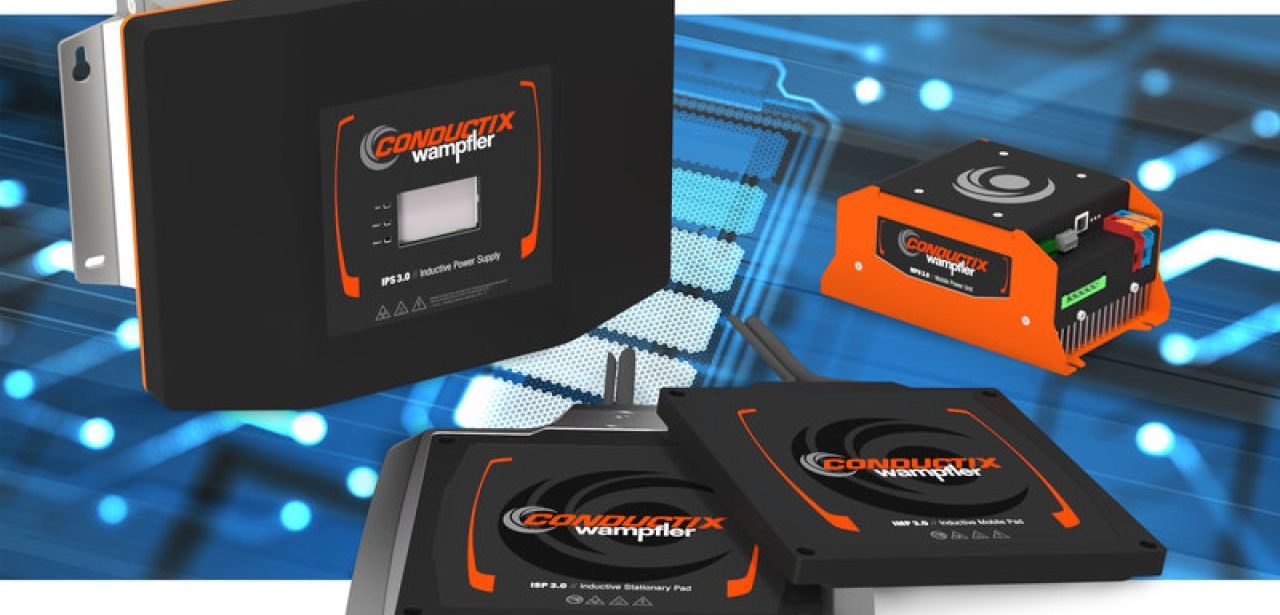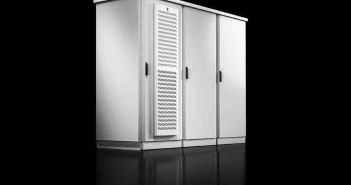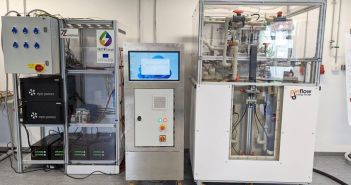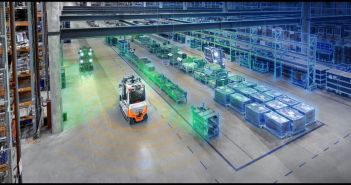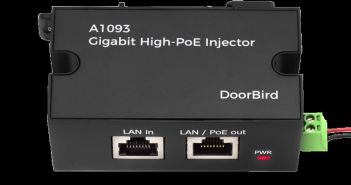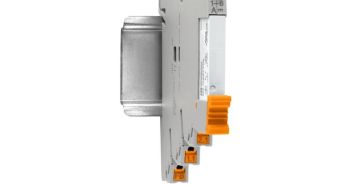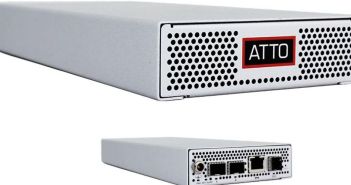The WirelessCharger 3.0 by Conductix-Wampfler revolutionizes battery charging in fully automated driverless transport systems, allowing for contactless and efficient charging through inductive power transfer. From electric toothbrushes to large-scale logistics operations, this advanced technology seamlessly integrates into various applications, providing a reliable and convenient solution for continuous battery charging without the need for physical connection.
Conductix-Wampfler Sets Industry Standard with Inductive Power Transfer Solution
Conductix-Wampfler has been successfully utilizing inductive energy transfer technology for over 20 years, setting a new industry standard with their Inductive Power Transfer (IPT) solution for continuous, contactless energy transfer in batteryless vehicles. This technology, similar to a transformer but without an iron core, consists of two main blocks with individual coils – the stationary primary side and the mobile secondary side. The primary side generates a higher frequency alternating voltage from the mains power, creating a magnetic field around the primary coil. This magnetic field induces a current in the secondary coil on the vehicle, which is then converted into a direct current for battery charging. The charging needs are determined through a communication interface, often directly from the Battery Management System (BMS), and the energy transfer is adjusted accordingly.
The delay in bringing this solution to the market, despite the long-standing familiarity with the underlying principle, can be attributed to the changing demands of the industry. In the past, forklifts operating on single shifts could easily be charged when not in use. However, the rise of unmanned vehicles in logistics, which require high throughput and are constantly in use, has created a need for continuous and efficient charging solutions. The globalization and exponential growth of e-commerce have further fueled this demand. The ability to ensure vehicle availability has become a critical efficiency and throughput criterion, achievable only through automated operations.
Wireless Charging enables flexible and efficient automated charging
Wireless charging using inductive technology is highly suitable for automated charging. Its compact dimensions and flexible implementation allow for convenient charging during small time windows when vehicles are stationary, such as buffering areas or waiting zones during the transfer of goods. By eliminating the need for separate charging areas, the WirelessCharger 3.0 maximizes available space for other purposes. Additionally, the frequent, short charging cycles of opportunity charging minimize battery thermal stress, leading to extended battery lifespan. These benefits can also be achieved with reliable contact-based charging solutions like the Enduro+ by Conductix-Wampfler.
The WirelessCharger 3.0 offers a mechanical wear-free energy transfer, as it operates without any physical contact. This eliminates the need for fans, resulting in no mechanical wear or maintenance requirements. Maintenance is limited to visual inspections and occasional surface cleaning in case of heavy dirt accumulation. The contact surfaces of the coils or pads are fully encapsulated to ensure touch safety and high resistance to environmental influences. With no mechanical abrasion, wireless chargers can be used in sensitive areas such as clean production areas in the pharmaceutical or food industry. Due to the encapsulation of the coils and the high degree of component protection, no additional safety precautions are necessary. Battery charging can be seamlessly integrated into the process. The compact size and flexible installation options enable easy integration into production lines or storage areas.
The true costs of inductive charging: Considerations beyond initial investment
Inductive charging systems often face criticism regarding their costs and efficiency. While the initial system costs may appear higher compared to contact-based charging solutions, it is important to consider the total cost of ownership. This includes direct costs such as wear and tear parts, as well as indirect costs like maintenance. Directly comparing inductive charging systems to contact-based solutions can be challenging as the former represents a system approach, while the latter is just a component that requires additional equipment such as a power supply. Moreover, many contact-based charging solutions do not allow for demand-oriented charging as they have a fixed charging voltage, limiting the utilization of battery capacity. Inductive charging adapts to the specific requirements and provides the necessary charging voltages and currents, which naturally affects the actual operating costs of a material handling system.
Current inductive energy transfer solutions are often underestimated in terms of their efficiency. By utilizing state-of-the-art electronics and high frequencies for transmission, these solutions achieve levels of efficiency comparable to plug-in chargers. It’s important to note that even plug-in chargers don’t operate at 100% efficiency, as the electrical components and contacts introduce losses that increase with wear and tear. When compared to a highly efficient plug-in charger, the Wireless Charger 3.0 by Conductix-Wampfler incurs additional losses in the low percentage range due to the air gap. If a plug-in charger doesn’t meet the highest efficiency requirements, the perspective shifts significantly, as the Wireless Charger 3.0 exclusively employs state-of-the-art electronic components.
The Wireless Charger 3.0 from Conductix-Wampfler is a valuable addition to their existing range of charging solutions, offering the benefits of traditional charging methods along with a range of specific advantages. By considering more than just the initial costs and comparing apples to apples, the WirelessCharger 3.0 proves to be a highly compelling alternative and enhancement to current charging solutions, applicable in a variety of scenarios, not just specialized ones.


